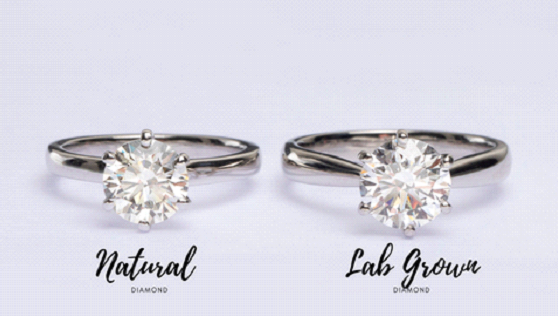
27 Sep Are Natural Diamonds and Lab-Grown Diamonds Different?
Nowadays, looking for diamonds might be simply overwhelming. Selecting one design from the vast array of stones, shapes, and styles is not an easy task. To add to the list, Zameer Lokhandwalla, founder of the Ice Champs says there is now one more level to take into account for people interested in the traditional diamond: a lab-grown diamond or a diamond which has been mined.
You could be asking what differentiates lab-grown and naturally mined diamonds before making a decision. Not much, really. In actuality, the ordinary consumer doesn’t notice much of a difference between the two. According to Clean Origin’s Brandon Cook, lab-grown and mined diamonds are identical in terms of chemistry, optics, and gemology. The main differences between the two, however, are in how they are produced and the moral and environmental consequences they have on society as a whole. Zameer Lokhandwala – the luxury jewelry expert says that the source of both the diamonds determines the difference and not the physical composition.
Natural Diamonds
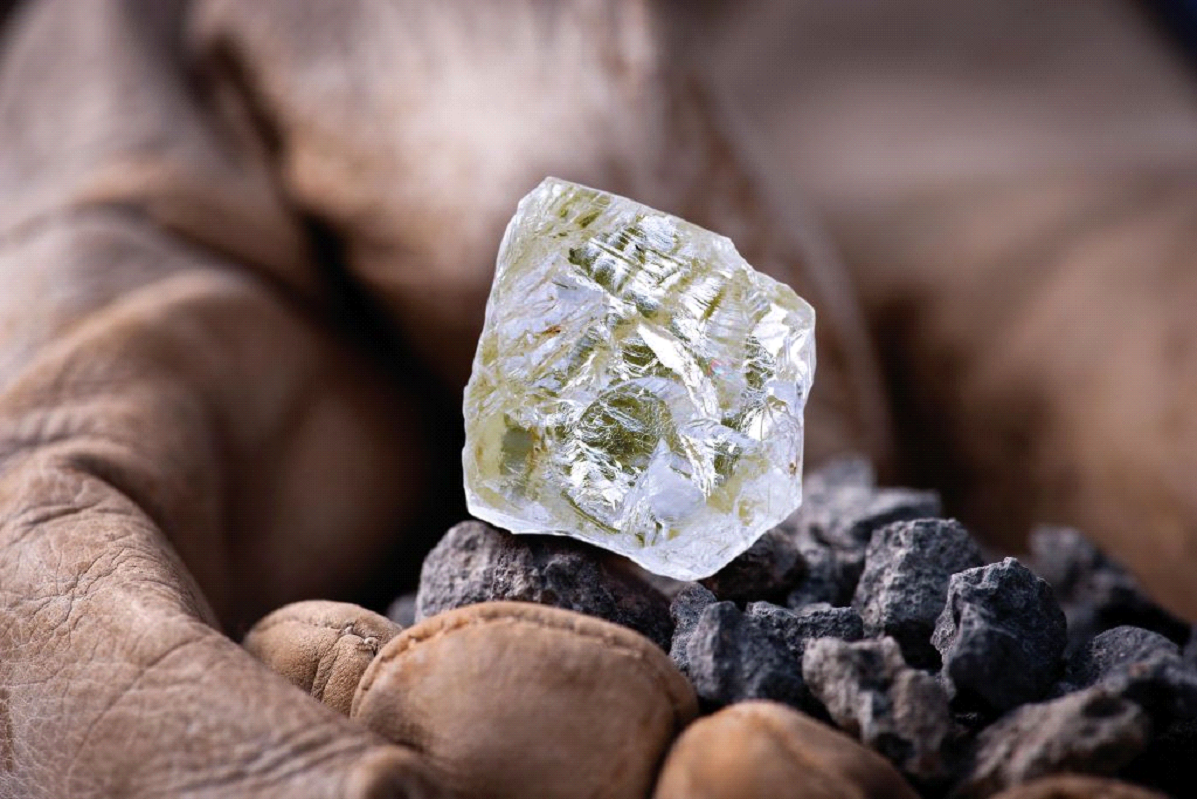
Natural diamonds are believed to have been formed deep within the globe up to three billion years ago under circumstances of extreme pressure and heat. They were transported to the surface by volcanic activity and are now ready to be mined in kimberlite pipes, a particular type of volcanic rock structure. The amount of diamond in kimberlite pipes that can be profitably mined is just approximately 5%.
Lab-grown Diamonds
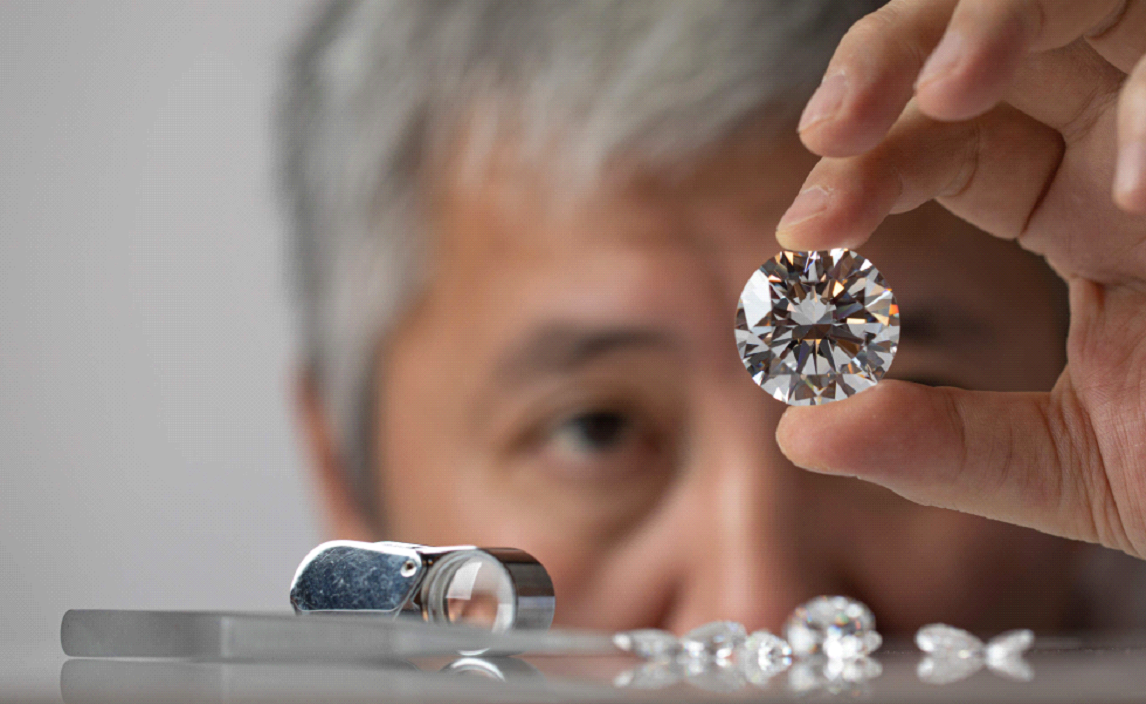
Lab-grown diamonds are also known as synthesized, cultivated, or produced diamonds. Zameer Lokhandwalla – a luxury jewelry designer believes that one of the key market-driven factors fueling the rise of lab-grown diamonds is the rising acceptance of these gems among the populace of emerging nations. Additionally, the rate of urbanization worldwide is increasing, and more jewelry businesses are switching to high-quality, reasonably priced materials like lab-grown diamonds for a variety of uses.
Today, there are two ways to make lab-grown diamonds:
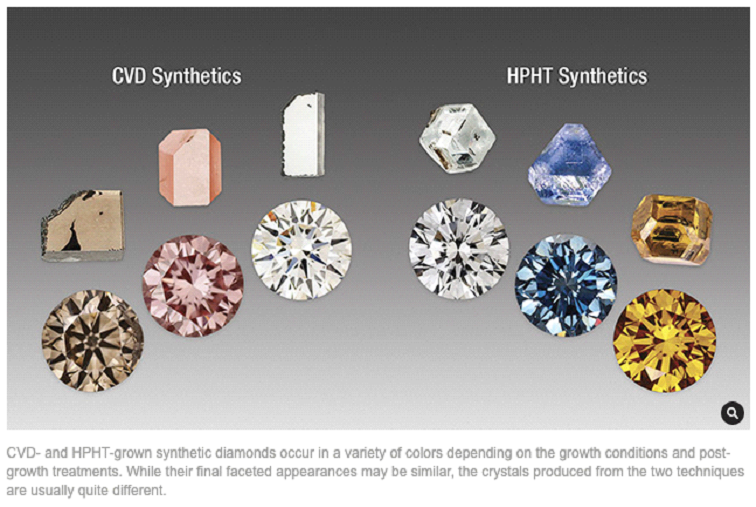
By simulating the high pressure, high-temperature conditions that naturally generate diamonds on the Earth, high pressure, high temperature (HPHT) diamonds are created in a lab. This procedure yields a crystal of laboratory-grown diamond with a characteristic form.
In the chemical vapor deposition (CVD) process, methane molecules are broken down into carbon and hydrogen atoms, which are then deposited on diamond seeds to create a tabular, square-shaped diamond crystal.
Zimnisky estimates that, prior to 2018, sales of jewelry made with lab-grown diamonds reached less than $1 billion, or less than 1% of the market for diamond jewelry globally. He predicted that sales of jewelry made with lab-grown diamonds will reach $5.9 billion globally in 2022, making up 7 to 8% of the market for diamond jewelry as a whole.
HOW ARE NATURAL AND LABORATORY-GROWN DIAMONDS DIFFERENT?
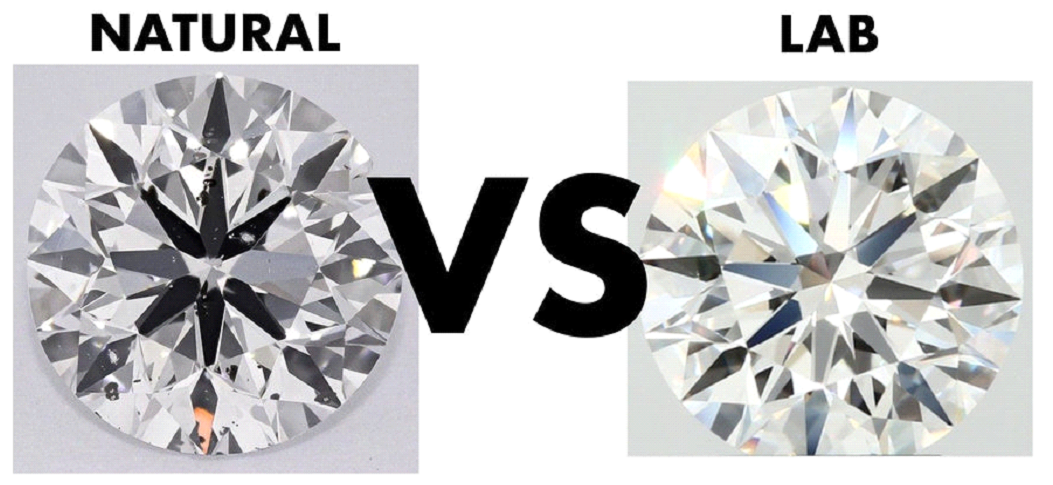
Zameer Lokhandwala believes because consumers need to know what they are purchasing and because there are frequently large price disparities between laboratory-grown diamonds and natural gemstones, it is crucial that laboratory-grown diamonds can be identified. A lab-grown diamond and a natural diamond can be distinguished from one another by a few key features in addition to the obvious differences in how they are created.
HOW ARE NATURAL AND LABORATORY-GROWN DIAMONDS DIFFERENT?
Zameer Lokhandwala believes because consumers need to know what they are purchasing and because there are frequently large price disparities between laboratory-grown diamonds and natural gemstones, it is crucial that laboratory-grown diamonds can be identified. A lab-grown diamond and a natural diamond can be distinguished from one another by a few key features in addition to the obvious differences in how they are created.
Price
Natural diamonds are extremely rare, which contributes to their high price. Natural stones are believed to be in limited supply on Earth, and each one is formed under specific conditions, therefore the qualities used to grade gemstones will also be unique. Other factors that affect the price of diamonds include the time and effort required for mining and polishing the stones, as well as the market’s dubious history of control and strategic origins.
Because they are not subject to the same supply chains as genuine diamonds, lab diamonds will typically cost less than natural diamonds—up to 50% less than a stone of comparable grade. Technology advancements also make it possible to generate lab-created diamonds more quickly, says Zameer Lokhandwalla.
Durability
Durability Carbon, the same element that makes up genuine diamonds, is used to create lab-grown diamonds. They continue to be the earth’s hardest material, ranking a 10 on the Mohs scale and are therefore just as hard to chip as natural diamonds.
Clarity
Since both lab-grown and natural diamonds are evaluated using the same scales, there are no distinctions between the two in terms of the 4Cs (cut, clarity, color, and carat).
Lab-grown diamonds will also acquire the inclusions or “flaws” that impact a stone’s brilliance and clarity grade since they are produced, not created.
Color

Zameer Lokhandwalla says that the same rules apply here; a high-quality lab-grown diamond will be rated according to the same color scale as a natural diamond. The majority of buyers look for stones of both sorts that are graded between G and J and are nearly colorless because there is no discernible difference in appearance between lab-grown and natural diamonds. True colorless diamonds, which are graded D through F, are extremely rare and therefore quite valuable.
Bottom Line:
The same brightness, sparkle, and shine of a naturally occurring, the mined diamond may be found in lab-created diamonds, which are actual diamonds. Lab diamonds are an alternative to think about if you want a cut-price diamond that appears exactly the same. But be mindful of the value you’re giving up in the long run by selecting a lab-created diamond over a natural diamond.

No Comments